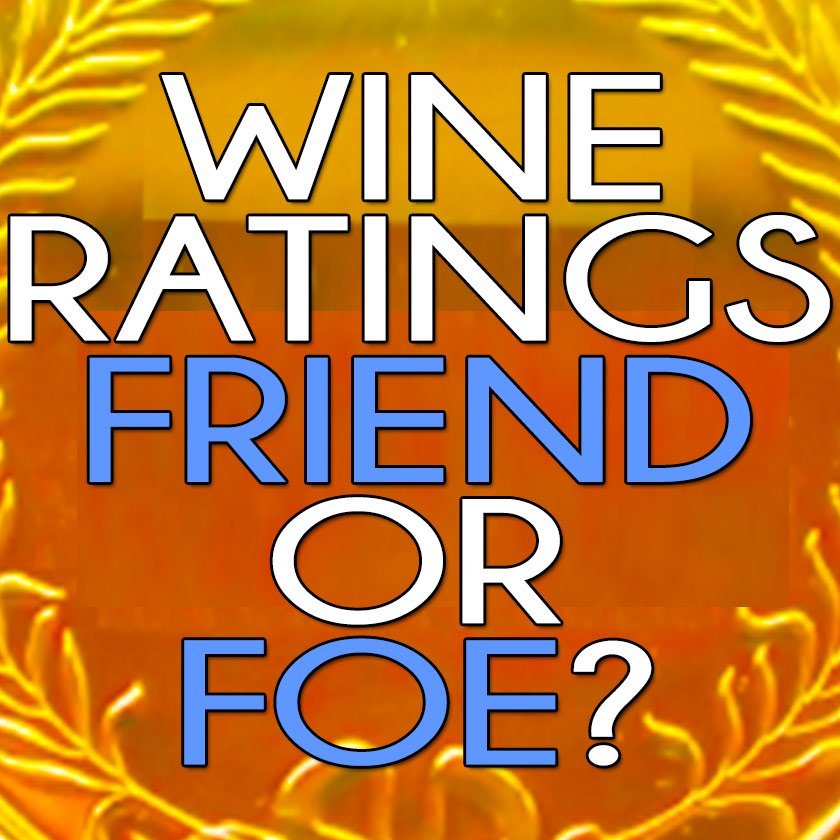Wine Tasting Etiquette
The wine presentation ritual step-by-step
Wine tasting etiquette is essential when embarking on the 'wine presentation ritual'.
Many good restaurants train their servers to perform 'the ritual’ with such solemnity and poise that you feel put in the spot light for your every move.
But in order to overcome the awkward nature of this time-tested ceremony, you first need to understand what each step entails, and what purpose it serves.
Often enough, this alone will help ease your feelings of discomfort and put the spot light back on the wine itself, instead of on how you react to the waiter.
The dreaded, overly stuffy ‘wine ritual’ - broken down step by step:
Wine Tasting Etiquette: Wine Ritual Step One
The waiter or sommelier will present the wine bottle for inspection to the person who ordered the wine (let’s assume here that it’s you).
This is simply to make sure that the bottle is indeed the one you ordered - because like everyone else, waiters are human, and can grab the wrong label off the shelf by accident, especially if the wine racks aren’t clearly arranged or if it’s just a crazy hectic day at the restaurant.
If you ordered an Italian Supertuscan but are presented with a California Pinot Noir, this is the time to spot that mistake - not after the bottle is opened.
If it’s indeed the right label, nod your approval.
Onto step two!
Wine Tasting Etiquette: Wine Ritual Step Two
The server will uncork the bottle and place the cork in front of you for inspection.
This is to give you a chance to examine and smell the cork to tell if it is in good condition, and also if the cork seems to be the appropriate/legitimate cork for the given bottle.
(So you’ve not been hacked for a $200.00 bottle of wine that’s been refilled and re-corked with a $20 red table wine.)
If there’s damage to the cork, or if it looks moldy or suspicious in any way, raise your concerns up lightly with your group, and in front of your waiter, but wait to taste the wine before making any rash or final decisions about the quality or state of the wine itself.
Wine Tasting Etiquette: Wine Ritual Step Three
If your chosen wine needs aeration, your server should promptly bring a decanter to decant it at the table.
However, some restaurants do not provide decanters, or worse yet, many wait staff are not skilled on the wine presentation ritual, without knowing if a wine does or does not need decanting.
If you know your wine needs decanting, make sure to let your waiter know this before proceeding, so as not to reject a perfectly good wine that simply needed a few moments to breathe before being taste-tested.
Wine Tasting Etiquette: Wine Ritual Step Four
The server then pours a sampling of wine into your glass and waits for your impressions.
Whatever you do - don’t make the outdated joke of asking the waiter, in fake outrage, that this is all you’ll be served. :-)
Simply swirl and sniff the wine, and take a liberal sip to get a feel for the wine’s mouthfeel, tannic structure, and flavors.
If the wine is acceptable - here’s when you nod your final approval.
If however, the wine tastes moldy, murky, flat, acidic, or like nail polish, this is your chance to return it guilt-free - not after half the table has had a glass and then comes up with a final decision to return the bottle.
In that case the restaurant will probably refuse to take it back, and rightfully so.
Your time to accept or reject a wine bottle is NOW.
So either do it immediately, or if you’re unsure if the wine is corked or bad, or if you simply want a second opinion from your dinner party before committing to a wine, ask a second person at your table, whose opinion you trust, to give the wine a second swirl, sniff, and sip...all still in front of the waiter.
If it passes both your palates, congratulations, the wine is probably fine and you can give a nod and continue on your dining pleasure.
Plus, by soliciting a second opinion you avoid the embarrassment of accepting a corked wine that the dinner table will then have to suffer through, or else having someone else from the table insist it be returned after your window of opportunity has passed.
However - if the wine is indeed not in condition for consumption, try to describe to your server exactly what about the wine is unpleasant or faulty.
It could be corked, or otherwise spoiled from some unknown source. Let the server then smell and taste the wine for his or herself if they insist.
But no matter what, don’t let a server make you feel guilty about returning a bottle you legitimately find undrinkable. That is a risk that restaurants take by storing wine.
Chances are, at some point, with some percentage of their wine inventory, some bottles will simply be unavoidably bad, and you’re not required to pay for it.
It’s a risk the restaurant should accept and absorb graciously, not push onto the customer.
That being said, don’t abuse the wine presentation ritual to simply taste wines to find one that suits you. No restaurant will tolerate that type of behavior.
It’s one thing to not ‘like’ a wine, it’s another thing entirely for it to simply be undrinkable. The server trusts you know how to tell the difference.
Wine Tasting Etiquette: Wine Ritual Step Five
So you’ve tasted and accepting your wine. Woo-hoo!
Now your server will pour the wine into your guests glasses and finish back with your glass.
Why do they do that? I don’t know, it’s a mystery, but what’s a good ritual without a little mystery? :-)
* * * * * * *
| New Jersey Wineries › Wine Tasting › Wine Tasting Etiquette |
Have A Great Story About This Topic?
Do you have a great story about this? You can share it here without needing a Facebook account! You can even upload pictures!
What's New?
-
Dr
Dec 04, 14 04:30 PM
When France lost Algeria in 1960, a great worry of winemakers wad what are we going to do now? French wines from many regions WERE B,ENDED WITH MUCH STRONGER -
How to make port wine - and history!
Dec 04, 14 03:26 PM
How to make port wine - delicious, heart-warming, the perfect gift -
Wine accessory shopping for the holidays
Nov 01, 14 04:25 PM
Wine accessory shopping for the holidays





























New! Comments
Have your say about what you just read! Leave me a comment in the box below.